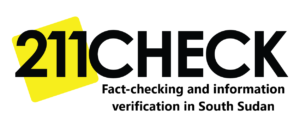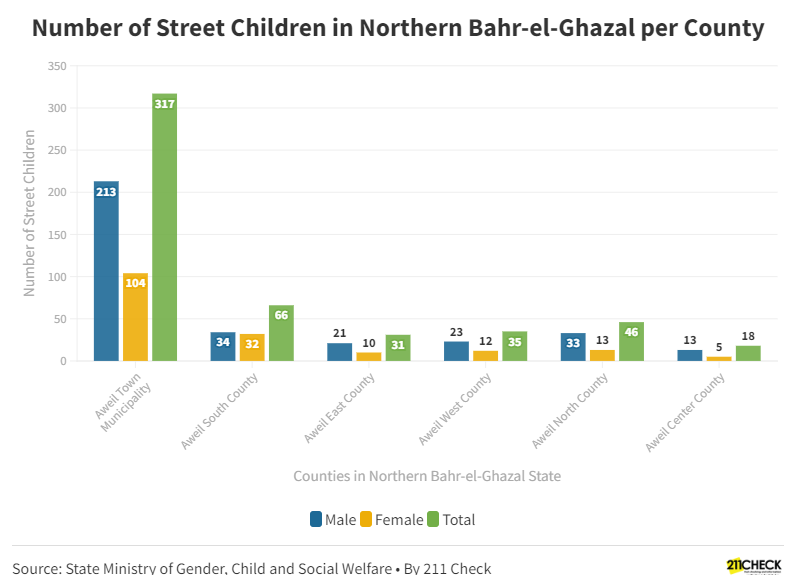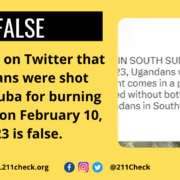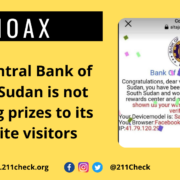Data Story: More than 500 children continue to roam in the streets of Northern Bahr-el-Ghazal State
As the number of children living on the streets in South Sudan remains constant, a Data Speaks program researched and investigated the lives of these children in NBGs-Aweil.
According to the data gathered, the state’s ministry of gender and social welfare has confirmed the presence of 513 street children.
Joseph Madut Mou, the state Director of Social Welfare says the data was gathered during an assessment they made in February 2021. The majority of street children, according to Madut, are orphans, most of whom between the ages of six and fifteen.
The assessment was carried out with the goal of identifying the number of street children and the reasons why they are subjected to street life. Some of the identified children were collected and transported from Aweil town to a distance of more than 50 kilometers in Aweil West county (Malek Mayar village) for transformation through studies and child care services.
Table Showing Number of Street Children in Northern Bahr-el-Ghazal per County
| County | Male | Female | Total |
| Aweil Town Municipality | 213 | 104 | 317 |
| Aweil South County | 34 | 32 | 66 |
| Aweil East County | 21 | 10 | 31 |
| Aweil West County | 23 | 12 | 35 |
| Aweil North County | 33 | 13 | 46 |
| Aweil Center County | 13 | 05 | 18 |
| Total | 337 | 176 | 513 |
The 105 children aged six to fifteen were collected in four locations: Naivasha, Sikadiet, Aweil Madina, and Maper Market. A local nonprofit organization, Community Empowerment & Peacebuilding Organization, is helping these 105 children.
Mr. Wol Wieu, CEO of Community Empowerment & Peacebuilding Organization (CEBO), stated that the 105 children housed at their center face enormous challenges.
Table Showing Supported and Unsupported Street Children in Northern Bahr-el-Ghazal State
| Number of Supported Children | 105 |
| Number of Unsupported Children | 408 |
| Total Number of Street Children | 513 |
Children are accommodated and enrolled in a community school called Ayat West Primary school.
Ayat primary school was already hosting a total of 450 school learners that came from their homes.
During the assessment, Mr. Wol said that these children were registered by Save the children organization with no support rendered.
Challenges facing street children in Northern Bahr-el-Ghazal
- Lack of clean drinking water, bedding (children sleep on local mats)
- Lack of shelters/accommodation (Children are accommodated in local grass thatched houses)
- Lack of scholastic materials such as exercise and text books, uniforms among others.
Management & Operationalization Of Child Care Center:
16 teachers are being employed but 8 of them are volunteers. Also two social workers were also employed to take charge of children.
Reasons That Force Children To Street
Some of the common reasons that push children to the streets include: death of parents, displacement of people due to violence, abject poverty and lack of parental care or support
Recommendations:
The following suggestions can help combat the issue of street children: Ending violence and child abuse requires effective advocacy that is supported by training.
Agricultural empowerment in order to promote farming and independence
Child protection organizations must advocate for funding to support organizations that implement projects for children in order to provide education and better health care.
About the Authors:
Ngor Deng Matem, a Data Speaks Fellow at #defyhatenow South Sudan, wrote this data story, which was edited by 211 Check Editor Emmanuel Bida Thomas and approved for publication by Steve Topua, Data Analyst and Trainer. It’s part of the ongoing #defyhatenow South Sudan Data Speaks Fellowship program with funding from the European Union Delegation to South Sudan.
About South Sudan Data Speaks Fellowship:
This is a three months data journalism fellowship for South Sudanese content creators with an aim of educating participants on the fundamentals of data journalism through in-depth training facilitated by experienced data analysts.
The fellows have been selected from across South Sudan and they are trained in data sourcing/mining, data analysis, and data visualization for three months (October to December)
Each fellow will produce a minimum of three (03) data stories during the fellowship. The focus will be on increasing access to information

 211 Check
211 Check




 211 Check
211 Check 

Leave a Reply
Want to join the discussion?Feel free to contribute!